Why Is My Battery Light On With New Battery and Alternator?
You just invested in your car’s new battery and alternator, expecting smooth sailing ahead. But, much to your frustration, that pesky battery light on your dashboard refuses to go off. You’re probably scratching your head and wondering what’s going on.
So why is my battery light on with a new battery and alternator? It’s because a lit battery light typically indicates that the battery is not getting charged. This can happen for several reasons, such as faulty wiring, a bad voltage regulator, or even a computer error in your vehicle.
In this article, we’ll dive deeper into why this might be happening and what you can do to fix it. We aim to help you get that light off and your car back to running the way it should, all without the technical jargon.
Possible Reasons for Battery Light Staying On
You’ve verified the new battery and alternator installations and even ensured they are compatible with your vehicle. Despite this, the battery light remains a stubborn fixture on your dashboard.
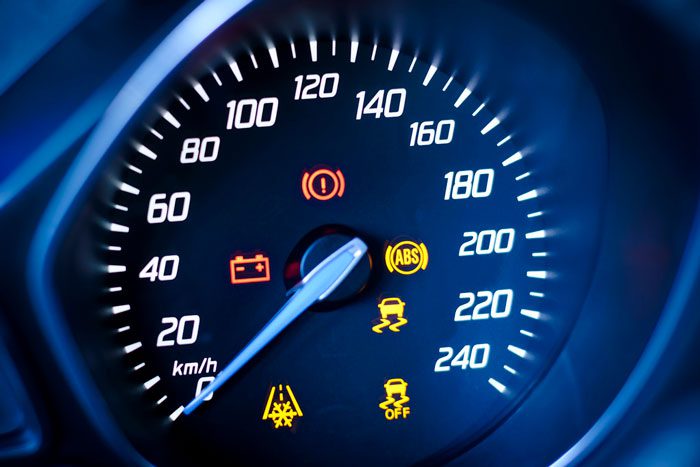
It’s confusing, we know. But don’t lose hope yet; there could be other reasons this light isn’t going away. Let’s take a closer look at some of these possibilities.
Faulty Wiring
One reason could be a wiring issue within your vehicle’s charging system. Over time, wires can corrode, disconnect, or even break, causing disruptions in the electrical flow.
Inspect all connections between the battery, alternator, and the vehicle’s electrical system. Look out for frayed wires, loose connections, or visible signs of corrosion.
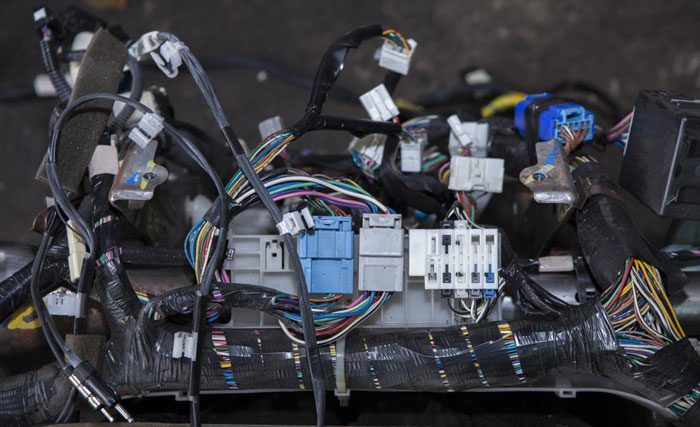
Bad Voltage Regulator
The voltage regulator maintains the correct voltage level from the alternator to the battery. A malfunctioning voltage regulator can send either too little or too much charge to the battery, triggering the battery light.
You can usually find the voltage regulator inside the alternator or as a separate unit in the engine compartment. Consider having it tested by a professional to rule out this as the culprit.
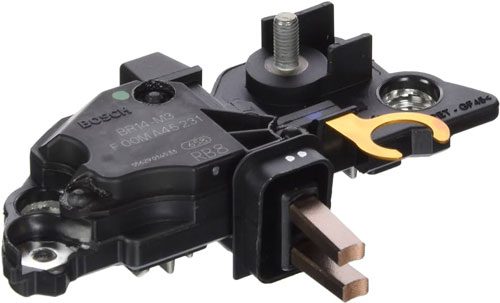
Computer Error
Modern cars come equipped with a complex computer system that monitors all aspects of the vehicle, including the charging system. Sometimes, a glitch or error in the car’s computer can cause the battery light to come on. This is more common after replacements or repairs to the electrical system.
You can try resetting the computer by disconnecting and reconnecting the battery or visiting a service center for a proper diagnostic scan.
Check out this video for more:
Fixing the Battery Light After Swapping in a New Battery & Alternator
You put in a new battery and alternator, but that little battery light on your dashboard is still shining? Don’t fret! Let’s try some simple fixes.
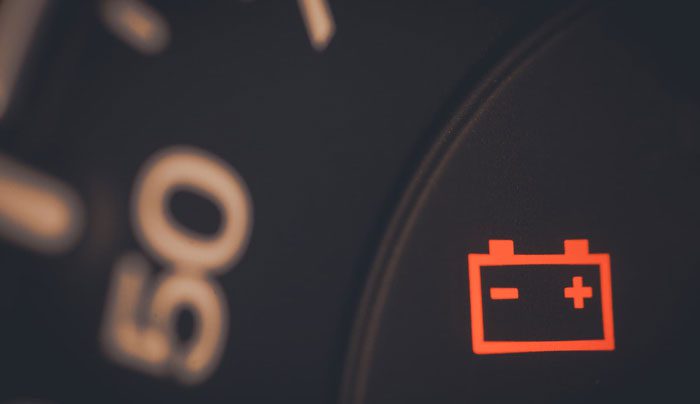
Double-Check Connections:
Sometimes, the solution is super simple. Pop the hood and make sure that the battery cables are snug on the battery terminals. They should be tight and not wiggly.
Look for Clean Contacts:
Dirty or rusty battery terminals? That can be a problem. Give them a clean with a brush. A mix of baking soda and water can also help get rid of that nasty corrosion.
Belt Check:
The alternator has a belt. If it’s too loose or looks old and cracked, it might not work right. Give it a check and replace it if it looks worn out.
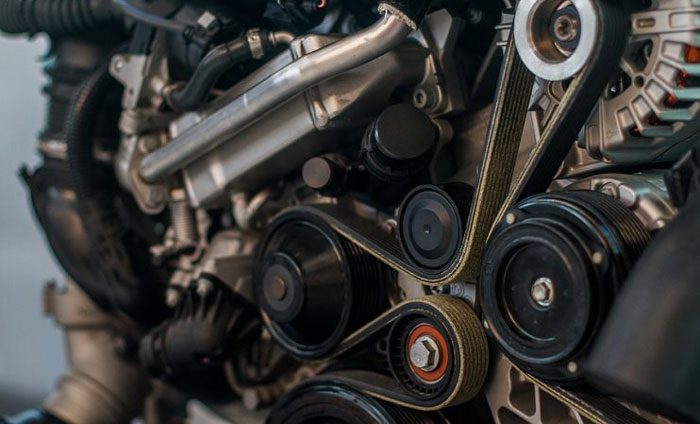
Fuse Inspection:
There might be a blown fuse, causing the light to stay on. Check the fuse box (usually inside the car or under the hood). Look for any fuses that seem burnt or broken and replace them.
Test Again:
Using a tool called a voltmeter, you can check if the alternator is doing its job. If the reading is between 13 and 14.5 volts when the car is running, it’s good. If not, there might be an issue.
Visit a Mechanic:
If you’ve tried the above and that pesky light is still on, it might be time to visit your local mechanic. They’ll have more tools and expertise to figure out the problem.
What to Do Before Installing a New Battery and Alternator
Before installing a new battery and alternator in your vehicle, proper preparation is crucial. These steps ensure a smooth replacement process and prevent potential problems down the line. Let’s delve into what needs to be done to ensure a successful installation.

1. Gather Necessary Tools and Equipment:
Before diving into the process, ensure you have all the necessary tools on hand. Depending on your vehicle model, this might include wrenches, screwdrivers, safety gloves, and eye protection. For some vehicles, you might need memory savers or devices that keep your vehicle’s computer and radio settings intact while the battery is disconnected.
2. Safety First:
Always remember that safety comes first. Before starting the installation process, make sure you’re working in a well-ventilated area. Batteries can emit hydrogen gas, which is flammable. Wearing safety gloves and goggles can also prevent acid burns or other injuries.
3. Document the Settings:
Some modern vehicles might lose their settings, such as the radio code, when the battery is disconnected. Ensure you have all the necessary codes and settings documented. If you’re unsure about this step, refer to the owner’s manual or consult the manufacturer.
4. Inspect the Battery and Alternator Area:
Before removing the old parts, inspect the area. Check for any visible damages, corrosion, or wear. This step helps you identify if there are any additional issues that need addressing.
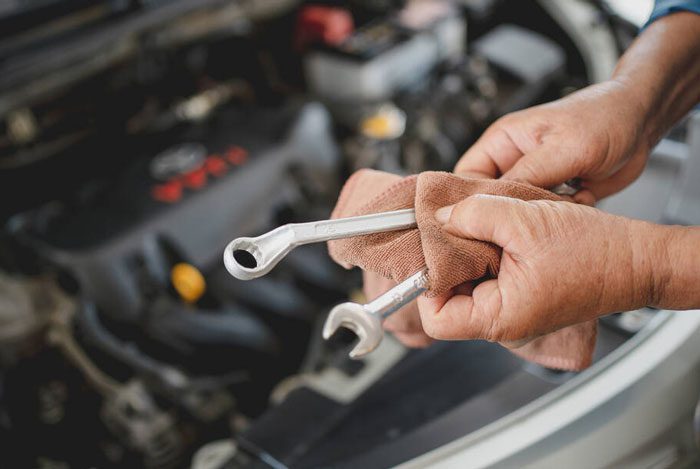
5. Disconnect the Battery:
Always start by disconnecting the negative terminal of the battery. This step is crucial to prevent short circuits when working on the electrical system. After disconnecting the negative terminal, proceed with the positive one.
6. Check the Electrical System:
Before installing the new alternator, it’s advisable to check the rest of the vehicle’s electrical system. Look for any damaged wires, frayed cables, or poor connections. The alternator is a critical part of this system, and any faults elsewhere can affect its performance.
7. Inspect Drive Belts and Pulleys:
The alternator is driven by the engine via a belt. Before installing the new alternator, inspect the drive belts and pulleys for wear or damage. A worn-out belt can affect the performance of the alternator and might need replacement.
8. Compare the New Parts:
Once you have the old battery and alternator out, compare them with the new parts. Ensure they are the correct size, have the right connections, and are compatible with your vehicle’s make and model. It’s not uncommon for parts to look similar but have slight differences that can cause compatibility issues.
9. Prepare the New Battery:
Some batteries might require some initial preparation, like adding acid or charging. Refer to the instructions that come with the battery or consult the manufacturer.
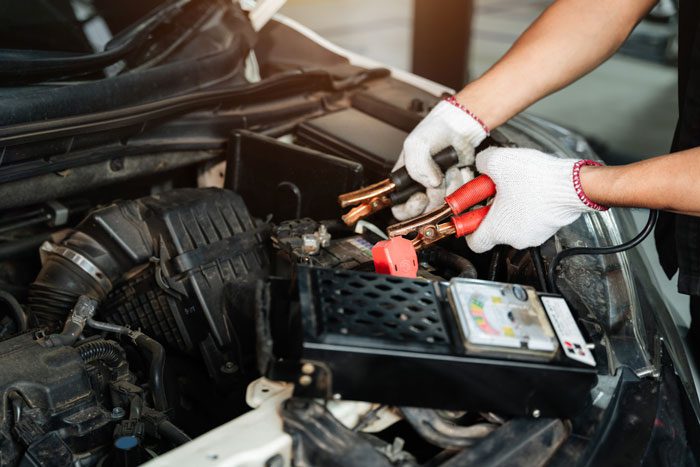
10. Clean the Connections:
Before fitting the new battery, clean the terminals on the battery cables. A mixture of baking soda and water can help in removing any corrosion. Ensure the terminals are clean and free from any debris, which can lead to poor connections.
11. Final Inspection:
Once the new battery and alternator are in place, double-check everything. Ensure all connections are secure, belts are correctly tensioned, and there are no loose or unconnected wires.
If you’re dealing with the issue of your battery light coming on despite having a new battery and alternator, you may also want to understand why your oil light comes on when braking. Our article on oil light comes on when braking explores this problem in detail. Additionally, if you’re facing the related problem of your oil light coming on and off while driving, our article on oil light coming on and off when driving can provide insights into potential causes and solutions.FAQs
Here are some most asked questions about why your battery light is on after replacing the alternator.
Yes. Even if your car’s alternator is dead, you can still jump-start it. However, after your car’s battery has run out of juice, it will likely stall, as stated by AAA.
The battery warning light on your dashboard will come on if your alternator’s output voltage drops below a safe level. If the alternator’s voltage output is too high due to its carrying load, the battery warning light will illuminate.
An alternator may have the opposite effect and deplete a battery. That does happen sometimes. The battery will be drained if the alternator or one of its components is malfunctioning.
Conclusion
Finding out why your battery light is on with a new battery and alternator can be a perplexing challenge. We’ve covered the role of the battery light, verified the installation of your new components, explored possible reasons like faulty wiring, a bad voltage regulator, or computer errors, and even walked you through some troubleshooting steps.
If you’ve gone through this guide and are still puzzled, it might be time to consult a professional. Keep in mind that while a persistent battery light can be annoying, it’s also your car’s way of asking for attention.

